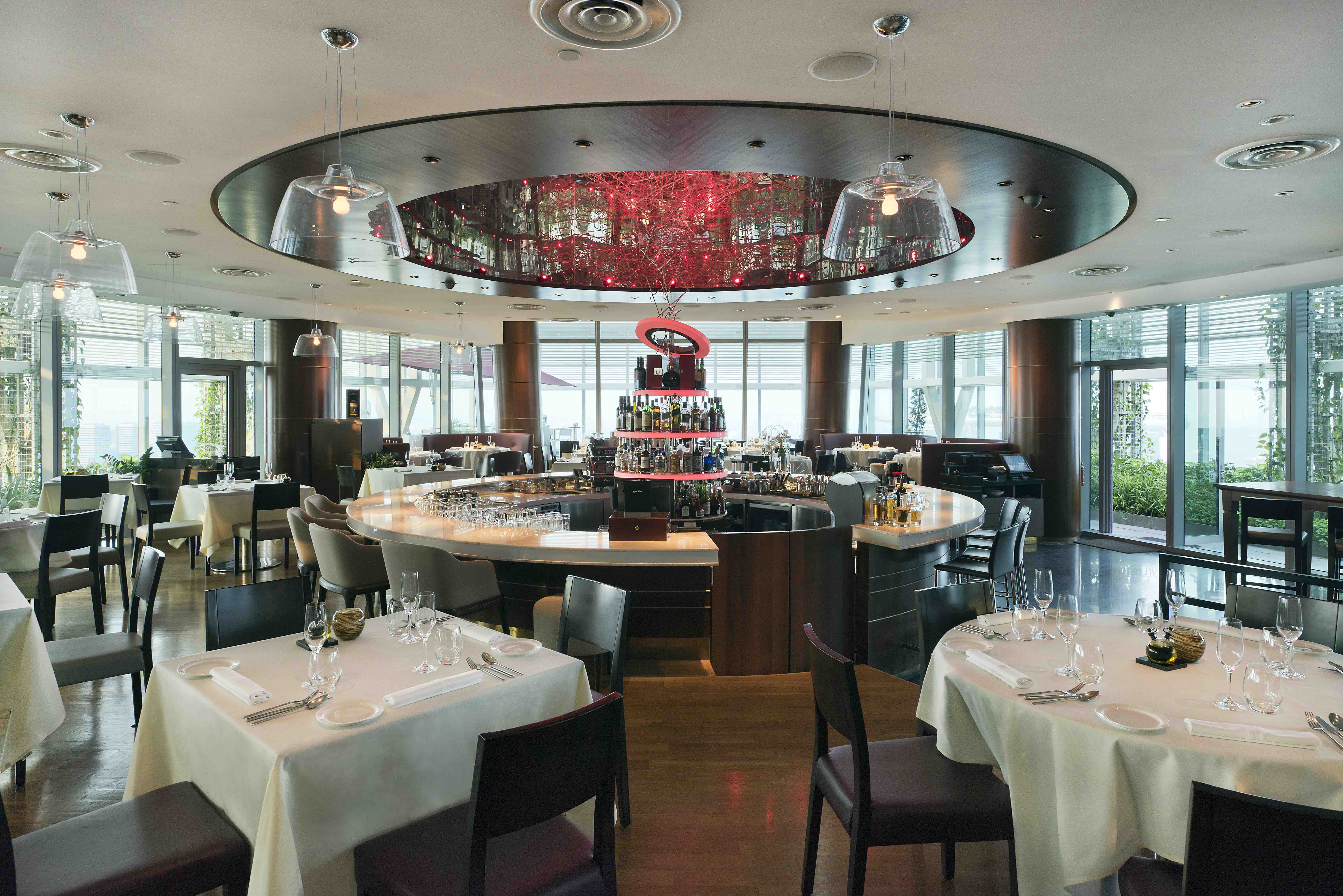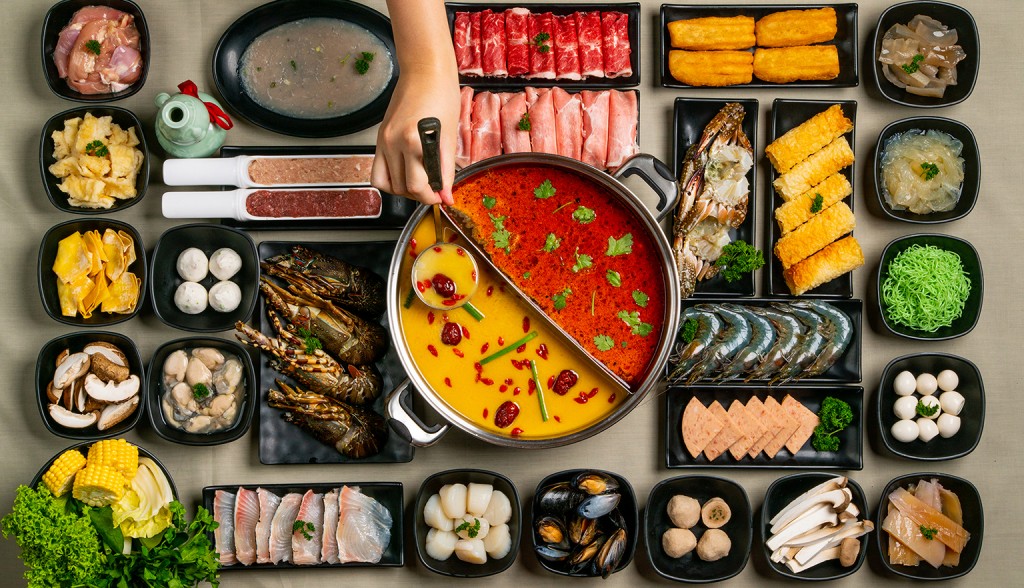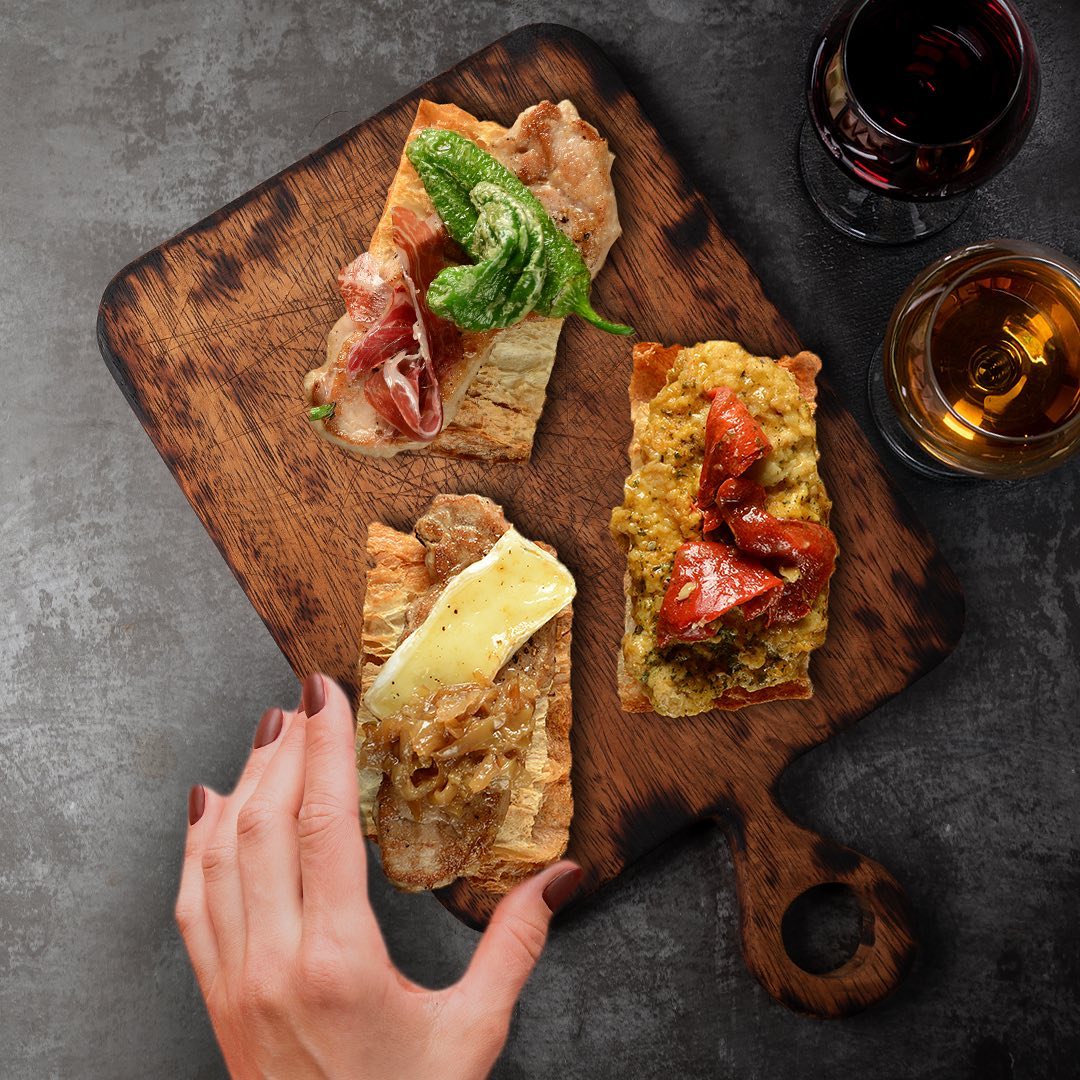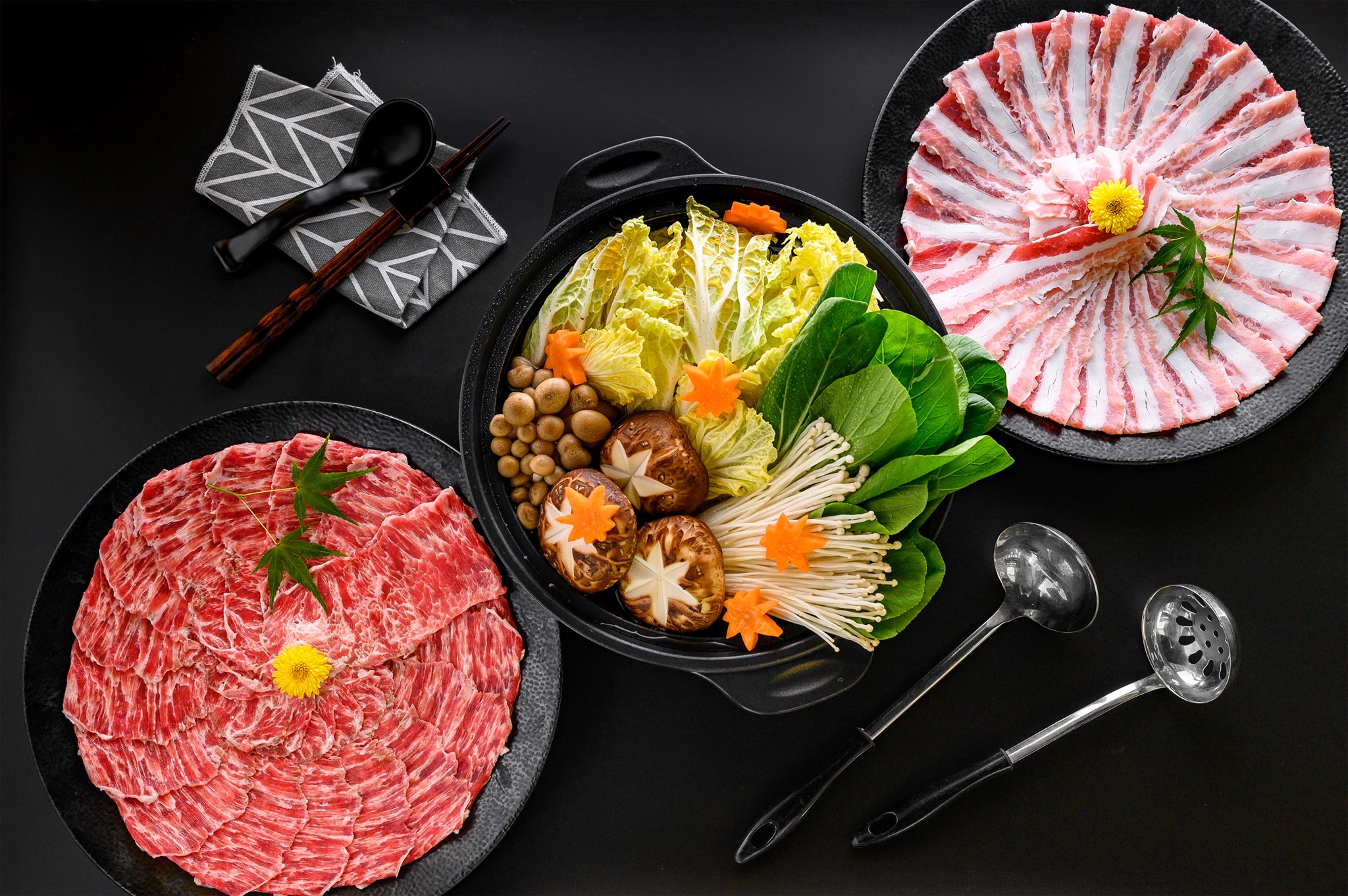What used to be a joke about Japanese tourists (don’t ask us to reveal the punch line) is now about as common as “sparkling or still?” and truffle fries. It’s called “food porn.” The stars are, of course, our dinners and lunches and breakfasts; a la carte, degustation, bentos and cocktails, pre-appetizers and post-desserts. The sets are dining rooms around the globe. And who are the men and women behind this burgeoning phenomena? You, us, and everyone we know, actually. Like “other” types of pornography, it’s something everyone has dabbled in at least once, even if they’re not sure why.
Websites dedicated to food porn aside, you can’t have a meal without someone whipping out their smart phone—or DSLR—and taking pictures of their food. And not everyone’s happy about it. We predict it will replace talking on mobile phones as the scourge of serious diners.
“In the past, people would stare if you took out your camera in a restaurant. Nowadays, it’s much more socially acceptable, whether you’re using a DSLR or an iPhone,” says local food blogger Brad Lau of www.ladyironchef.com.
Dr. Leslie Tay, author of The End of Char Kway Teow and Other Hawker Mysteries and popular food blog ieatishootipost.sg, concurs. “I’ve definitely noticed a huge increase in the number of people taking photos focused on food.” Interest is now so great, he says, he now gives occasional talks on the subject to the public.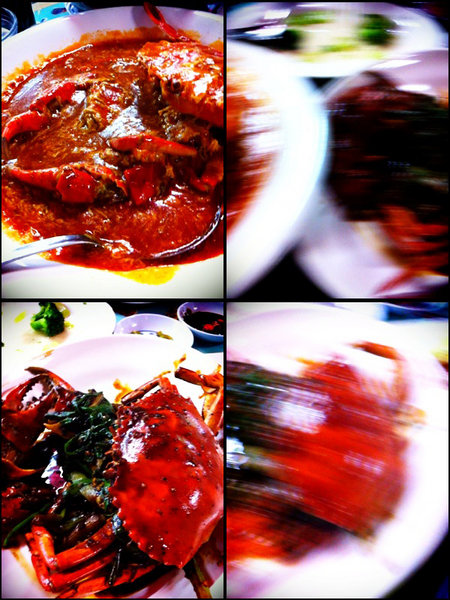 Why? Why? Must Try?
Why? Why? Must Try?
Here in Singapore we’ve been quick to get hooked on the hobby. Why? First of all, we’re a jaded bunch of city-dwelling folk looking for things to do. Tay agrees, “My sense is that Singaporeans are bored with nothing to do, and this is both easy and accessible.”
That leads us to another fact: We’re a tech-savvy nation. It’s clear that the relative ease of technological access plays a role in the matter. We have high-speed internet and just about everyone has, at the very least, a smart phone equipped with a camera, let alone a DSLR, which keep getting cheaper and cheaper. (So it’s easy. Doing it well, however, is an entirely different matter. Find out how to do it right here.)
Another contributor is clearly the social aspect. Particularly in an Asian country, where the culture of food is communal, sharing pictures of food seems to be an almost natural extension of an age-old tradition.
Let’s not forget that Singaporeans are unabashed, self-declared foodies. So you have the perfect breeding ground for a food-focused trend. As such, you’ll find that food photos run the gamut of those from fine dining establishments to local hawker fare and home-cooked dishes. We’re also very status-conscious, and food, with celebrity chefs and food TV/books/podcasts, has become another source of bragging rights, with photographic evidence as currency.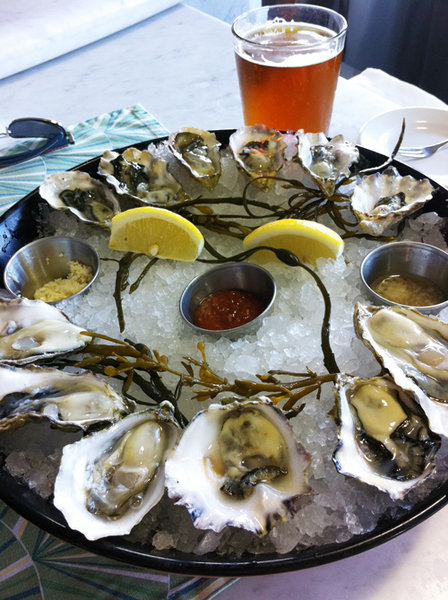 Blame Facebook
Blame Facebook
And then there’s the contributor for just about everything these days: social media. Blogger Lau agrees, “It’s a very social thing, a way to get a conversation going. Especially with an iPhone, you can post it immediately on Facebook and share it with friends and family almost instantaneously. In fact, the iPhone takes reasonably good photos, so long as you have good lighting and the right settings.” (Check out some of the best photography apps here.)
Tay says that food porn is more than just one-upsmanship. “You’re bound to get scolded by friends who weren’t invited along—it’s a boast,” he explains. “But also it’s a diary of what you’re eating. The main draw is capturing nice memories so you can look back on them,” says Lau.

According to digital marketing agency 360i, up to 25% of people who take and share photos of food do so to document what they’re eating in their day-to-day life, with other reasons cited such as showing off a self-created product (22%), for a special occasion (16%), social relationships (10%) and of course, food art (12%). The remaining 15% is comprised of restaurant reviews (8%), recipes/tutorials (4%) and extreme food (3%).
Eating, No Shooting
In overseas restaurants, one reaction to what detractors would call less a hobby than a habit, is the banning of cameras. Notable venues to implement a “no photography” rule include Michelin-starred establishments such as Masa, Chef’s Table at Brooklyn Fare and David Chang’s Momofuku Ko. Note Chang’s thoughts on the whole foodtography business: “It’s just food. Eat it.
Restauranteurs argue that it’s similar to bans on (speaking on) mobile phones, and they’re just ensuring that their customers who are not shutterbugs do not have their experience ruined by flashes and tripods. Others go further and insist that they’re doing it for future diners, whose overall experience includes the element of surprise. The “Oh!” factor is lessened when you’ve already seen images of the dish on the Internet.
Another argument for the no-photo stance is that the pictures—taken by amateurs often in less-than-favorable conditions for photography—might not be good enough. Ryan Clift, chef and owner of Tippling Club (8D Dempsey Rd., 6475-2217), offers some insight. “We used to have a strict no photography policy as certain bloggers would post pictures of food half-eaten, instead of in its true glory when it has just left the kitchen. For a team that slaves 14 hours a day to create the food, this was a little frustrating. But now we just ask the guests not to use a flash. Life’s too short.” On the same note, Clift also grants that “If done properly, it can be amazing and help promote the restaurant. But only if done properly.”
For blogger Tay, this is even more reason to allow diners to set up their shots. “Everyone’s taking photos with their phones, and if you don’t allow people to take proper photos, you’ll end up with a whole bunch of lousy, ugly photos because whether you like it or not, your food’s going to be on Facebook,” he says.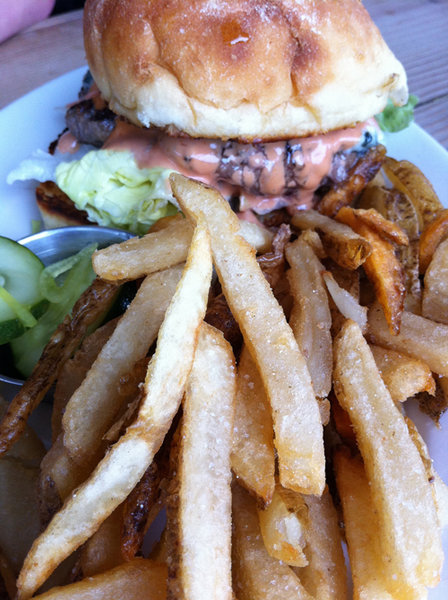 Diners’ Rights
Diners’ Rights
Surely customers have the right to take more than a mental snapshot of the meal that they’re paying for?
Most people in the F&B business here seem to be open to the concept, one of whom is Craig Schantz, executive chef of The Dining Room at Tanjong Beach Club (Tanjong Beach Club, 120 Tanjong Beach Walk, Sentosa, 6270-1355). “I really like the idea and welcome anyone taking photos of my food. The more the merrier. Personally, I think it’s very flattering. After all, it’s no secret that people eat with their eyes first.”
It’s interesting to know that these F&B folk also snap shots while they’re dining on their days off. “I do take photos of food now and again, but I always ask first—manners cost nothing after all—and if I do, it’s all of two seconds to snap,” says Clift. Schantz takes it one step further with Evernote, an application that he uses regularly to tag, record and catalogue his gastronomic adventures after clicking away.
What about the fear that the innocent looking auntie with her iPhone is actually a spy for a rival restaurant?
“Everything’s already been done, so I think it’s silly to worry about people mimicking you,” says Schantz. “I’m open-minded about my craft and am up for sharing techniques with other chefs. At the end of the day, it’s really a matter of palate, that’s what sets you apart.”


